Knee joint arthrosis is a progressive joint-degenerative disease. Often, the disease is observed in the middle and the elderly and is the most common cause of skeletal muscle pain in the knee joint zone and defect. From this publication, you will learn how to treat knee joint arthrosis.
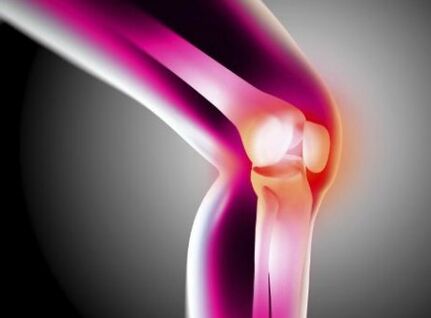
A general description
In the knee joint, the femur and the tibia are covered with cartilage together. There is also a second type of cartilage, forming a so -called menisci, which acts as a layer or shock absorber. Joint fluids add additional protection and smoothness. Osteoarthrosis begins to develop if the cartilage that protects the bone is interrupted and damaged, as a result of the bone surface, and the articular lubricant stops produced in the required amount. In this case, both of the complete and partial loss of cartilage can be observed. This process is often separated by certain areas of the joints, in such cases it can be caused by injury and chronic joints.
Arthrosis of the knee joint deformation is characterized by the process of destroying the cartilage. In the future, the nearest fabric, such as ligaments and bones, may also be included in the process. Gonarthrosis, or knee joint arthrosis, due to cartilage loss, is accompanied by increased rigidity and joint deformation. Bone spurs (osteophytes), which are the growth of bone pathology, can sometimes be felt from the outside. The surface of the bone is defective and is no longer close and is not appropriate, as in healthy joints. As a result, movement restrictions increase.
At the same time, pain occurs, which is very strong when moving after prolonged immobility, for example, in the morning, and at night, which eventually leads to a decrease in quality of life. Stress can also cause pain in the affected joints. The indirect sign of the pathological change of cartilage is the narrowing of the joint cavity between the femoral and the tibia in the X -Ray picture.
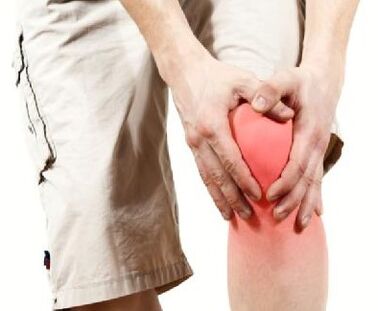
Cause
There are several reasons for arthrosis: this is the process of aging and wearing cartilage, overweight, injury, autoimmune disease in which immunity invades its own articular tissue, causing inflammation and its subsequent destruction. Examples are rheumatoid arthritis, where both joints are affected at the same time and defects develop. Some experts combine concepts such as arthrite and knee joint arthrosis, the symptoms of the disease are similar and often caused by the same cause.
Decreased blood supply to the femoral head can also cause strain deformation, in this case they talk about aseptic necrosis. Insufficient knee joint formation in childhood can cause mechanical axis displacement and knee joint deterioration. Post -traumatic arthrosis is secondary and develops due to meniscus damage, front or posterior cruciate ligaments.
Symptom
There are three degrees of knee joint arthrosis, each with its own signs. In the first stage, there is little pain, discomfort in a painful place and swelling that appears on a regular basis. The second degree is accompanied by increased symptoms, the appearance of crisis and mobility limitations. When the painful sensation practically does not leave a person, and the cartilage is destroyed thoroughly, the disease enters the knee arthrosis of the 3rd degree.
The pain for arthrosis may appear suddenly -but most often it develops slowly. One can see the pain in the morning, after lifting it out of bed. The knees can hurt while walking up the stairs, or when you need a knee, and often pain occurs only during foot. For weather -sensitive people, weather changes can also cause joint pain.
Swelling is a result of inflammation, which periodically increases with arthrosis. Edema can also be associated with bone formation or excess fluid accumulation in the knee. They can be more noticeable after a short period of time, for example, in the morning or after a long stay on the desktop. The skin can be reddish and hot when touching. If chronic inflammation of the joints occurs, the removal of pain and edema is usually achieved by taking anti -inflammation.
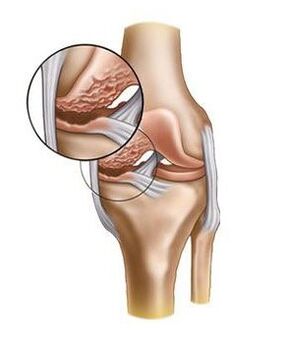
Loss of stability develops over time due to muscle weakness and overall instability of the system. From time to time, situations arise when one is unable to bend or straighten his or her feet on the knees. Such symptoms are usually accompanied by knee joint arthrosis at the 2nd level. The deficiency is felt while moving because the cartilage has lost its original smoothness and the required amount of synovial lubrication. In the later stages, the sound of the sound can be due to the fact that the spurs bone rubs with each other while moving.
A limited range of movements can be seen when climbing stairs or during exercise. Many have to use pedestrian help or sticks to move. Knee joint modification may be the most devastating symptom of arthrosis, as it shows irreversible changes in the joints, making a person with disabilities. The knees can turn to each other inside, as well as out. Knee deformation is almost invisible.
Diagnostics
The definition of osteoarthritis of the knee joint begins with a physical examination of a doctor, a medical history study and a conversation with the patient. Make sure you pay attention to the doctor who most often cause pain, and tell us about cases of family disease, if any.
Additional diagnosis is carried out using:
- Radiography, which can indicate the presence of bone and changes in the cartilage;
- Magnetic resonance imaging;
- Blood tests allow you to identify autoimmune disorders.
How to treat knee joint arthrosis, what remedies are needed for this? Find the answers to these questions again.
A principle of treatment
Standard treatment of such diseases as knee joint arthrosis is intended primarily to eliminate pain and remove functional restrictions. It should be noted that painkillers only weaken symptoms, but cannot affect the course of the disease and restore damaged cartilage. For treatment, narcotics analgesics, anti -anti -nonsteroidal drugs, slow -acting gold preparations, corticosteroids, methotrexate, and others are used.
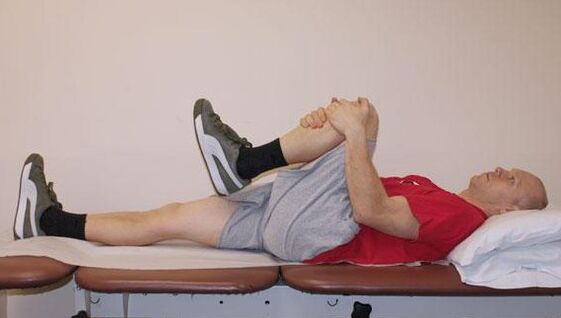
In addition, surgical intervention, as well as physiotherapy and physiotherapy procedures may be required. Gymnastics with knee joint arthrosis helps in treatment, training is selected by the attending physician. Although in the modern pharmacology of active research and the most effective development and at the same time safe remedies for the treatment of arthrosis are underway, most drugs still have side effects and with prolonged use disrupting the normal functioning of the system and organs.
Treatment with medication
Drug therapy arthrosis of the knee joint provides three main directions:
- Use of anti -non -ssteroid drugs needed to relieve pain and reduce the intensity of inflammation in the tissue;
- Take medication for cartilage recovery, including chondroprotectors: glucosamine and chondroitin;
- The use of creams and ointments in complex therapy of deformation arthrosis.
In combination with physiotherapy and manual therapy, taking medicines allows you to slow down the process of articular cartilage destruction, accelerate the regeneration of cartilage tissue and restore normal functioning of the limbs.
The main goals of drug treatment are the elimination of pain, improving cartilage nutrition, activating the recovery process, improving joint mobility and normalization of blood circulation in the knee.
Nesteroid medicine
The most common for the treatment of arthrosis are anti -anti -non -—ssteroid drugs such as diclofenac, indomethacin, pyroxykam, ketoprofen and others. They are used to relieve pain and reduce inflammation, but long-term treatment with these drugs is not recommended, as these groups have unwanted side effects, including negative effects on the gastric and intestinal mucosa, kidney effects, liver and cardiovascular system. However, each drug has its own features. And recently, the minimum risk for patients' health has begun to develop.
In addition, although there is a need for the use of these tools, some studies have found that NSAIDs can lead to a decrease in proteoglican production, thus serving cartilage tissue, so these drugs must be taken strictly according to the doctor's prescription and under its control. The frequency of NSAID side effects increases with prolonged use, which acts as a need for many patients with arthrosis. Experts recommend choosing anti -anticipated drugs for long use, has less side effects and has no negative effects on metabolism in the cartilage.
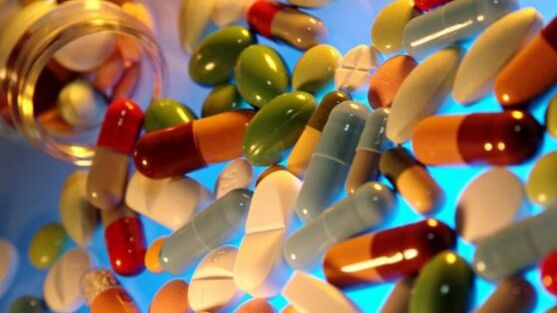
Most anti -medications -non -Ssteroids are produced in different forms: in the form of capsules or tablets, in the form of solutions for injections and ointments or gels for local external use.
Restore cartilage
For nutrition and regeneration of cartilage to tissues, taking constant compounds such as chondroprotectors - glucosamine and chondroitin are required. This is a useful ingredient for people suffering from knee osteoarthritis. Their acceptance should be carried out for a very long time, from six months or more, only in this case, you can rely on a positive therapeutic effect. Chondroprotectors improve the quality and amount of synovial fluid, unlike NSAIDs, they increase proteoglican synthesis and contribute to the regeneration of cartilage plates. However, due to the useful properties of these compounds, they cannot be considered the main treatment of arthrosis. Reducing knee joint arthrosis requires the use of chondroitin and glucosamine preparations for at least 1. 5 years. It is also considered that they cannot recover the completely destroyed cartilage.
Ointment and cream
Treatment of diseases such as knee joint arthrosis should include the use of local gel and ointment. The shape of these doses should not depend as one of the options for therapy, its use should be considered in addition to the acceptance of NSAIDs and chondroprotectors. Such medicines significantly reduce discomfort, pain, swelling, increase mobility.
This effect is explained by the fact that penetrating blood through the skin, ointment and cream improves blood circulation in the joints, accelerates metabolism in the cartilage and, thus, regeneration.
Compress
Apps for osteoarthritis have a greater effect than using ointment. For therapeutic compression, the dimexide tool is often prescribed, which has a good anti -anti -analgesic effect, penetrating well into the tissue. Bishophyte is also effective, accelerating the metabolic processes in the cartilage.
Injection
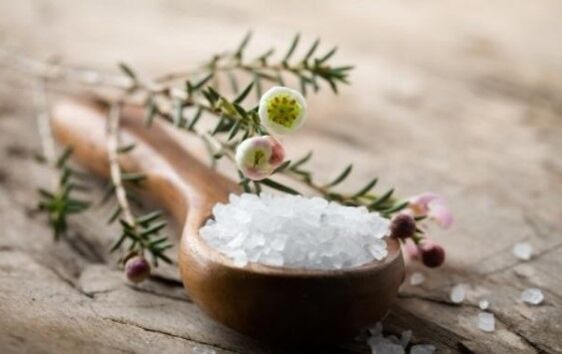
In the knee joint, the synovial fluid is very viscous, this ensures the absence of tissue friction. An important part of this lubricant is hyaluronic acid, which binds to proteoglican to stabilize the cartilage tissue structure. In patients with arthrosis, the level of this compound in synovial fluid decreases significantly, the second consequence becomes less viscous, the friction increases.
Injection in the knee of medicine based on hyaluronic acid can slow down the development of osteoarthrosis, but only half of those who have such diagnosis receive symptom release. The injection course is usually three weeks, while every seven days a injection is performed. After six months, the procedure is recommended to be repeated.
The recovery of the people
Knee joint arthrosis provides an integrated approach to treatment, and recipes for traditional medicine act as additional therapy. Means like boiling onion, absorption of dandelion leaves, aloe vera, vodka and honey in the same amount, compress the night from salt with honey and many more to pay attention. It is also recommended to eat more jelly and jelly.
The replacement of the joints
If all of the above treatment methods do not produce the results, then surgery to replace the joints with endoprosthesis is indicated. The main goal of this operation is to restore the natural mechanical axis of the foot and complete release of pain and discomfort. In this case, whether the joint or the entire joint can be replaced. The continuous increase in surgical equipment and the quality of the implant have made such a procedure successful and widespread.























